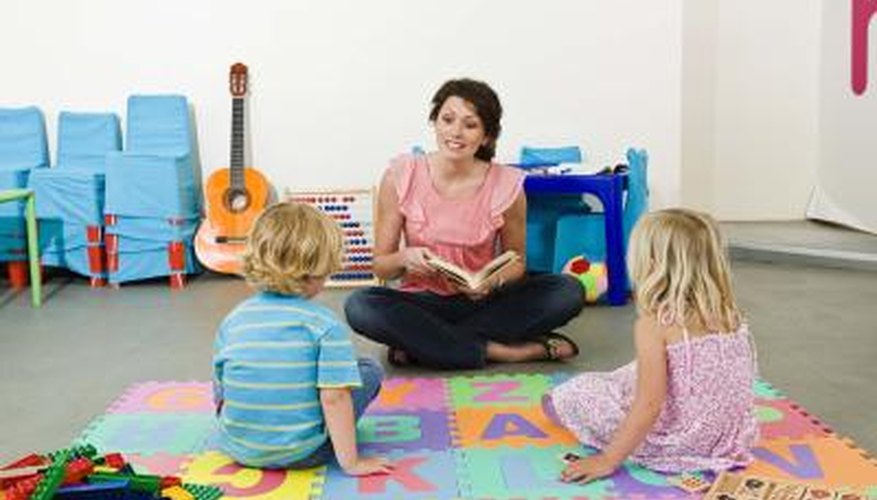Narrative observation is a useful tool for assessing children's educational, emotional and social development. By keeping a detailed written record of a child's behaviour, including his learning style, the ways in which he interacts with teachers and peers and identifying factors that boost confidence and well-being, teachers and parents can work together to help him achieve his full potential. Narrative observation can be conducted by keeping a diary of a child's activities and by recording activities with digital equipment.
Individual Perspective
Narrative observation enables teachers to better appreciate children as individuals and to assess each child's unique strengths and weaknesses. Observers are more attuned to the child's developing abilities, subjects that interest her, and her individual style of learning. Some children, for example, respond better to group learning activities, while others prefer to work undisturbed. Seeing a child as an individual helps educators tailor learning to her unique needs.
- Narrative observation enables teachers to better appreciate children as individuals and to assess each child's unique strengths and weaknesses.
Educational Provision
Narrative observation helps participants evaluate whether education provision is adequate. It can identify weaknesses in the curriculum and help providers assess what resources are needed for future learning. Schools, for example, might decide to employ extra teaching staff or invest in more classroom equipment on the basis of narrative observation.
Addressing Problems
Close observation of children enables educators to address behavioural problems and learning difficulties. For example, studying how a disruptive child interacts with her peers and other adults enables the observer to identify patterns and triggers. A child who misbehaves because he finds a particular subject difficult to understand will benefit from extra tuition. Educators can build up a more comprehensive picture of a child's needs and problems if a number of people observe his behaviour.
- Close observation of children enables educators to address behavioural problems and learning difficulties.
- Educators can build up a more comprehensive picture of a child's needs and problems if a number of people observe his behaviour.
Parental Involvement
By sharing perceptions and insights gleaned through close observation, teachers and parents can work together to meet a child's needs and implement strategies that will build on existing skills and abilities. If a child is gifted in a particular subject, for example, his parents and teachers might explore additional ways to nurture this talent outside the traditional classroom environment.
